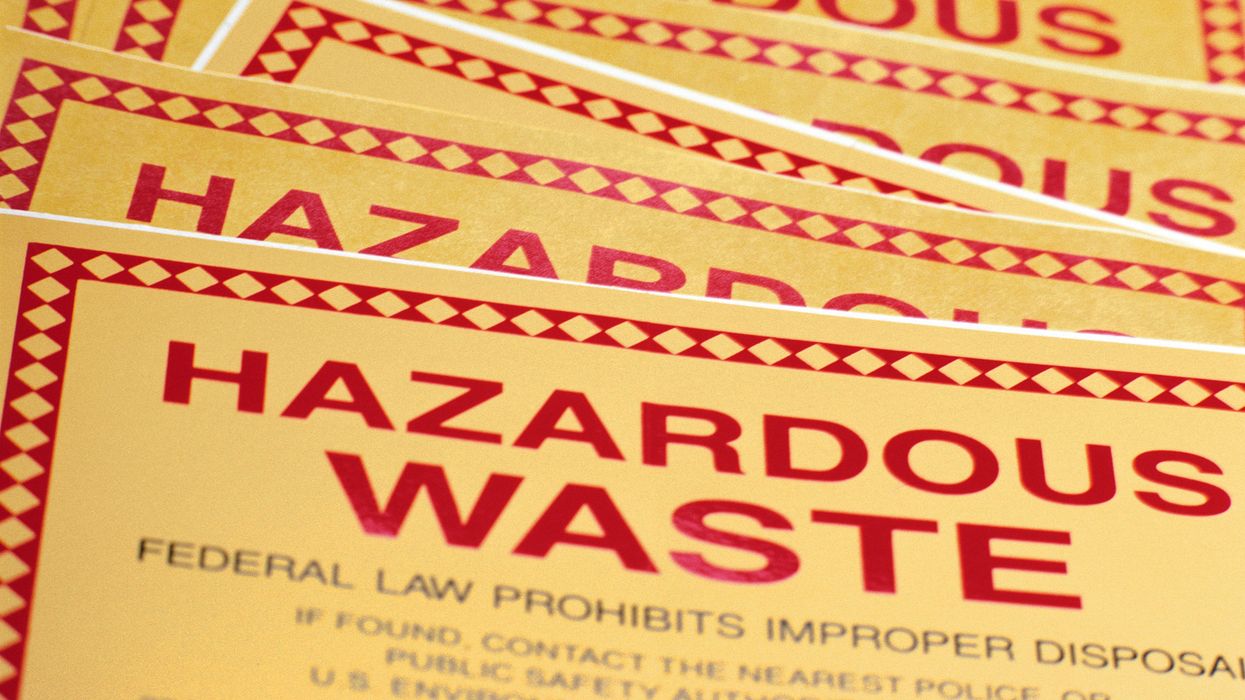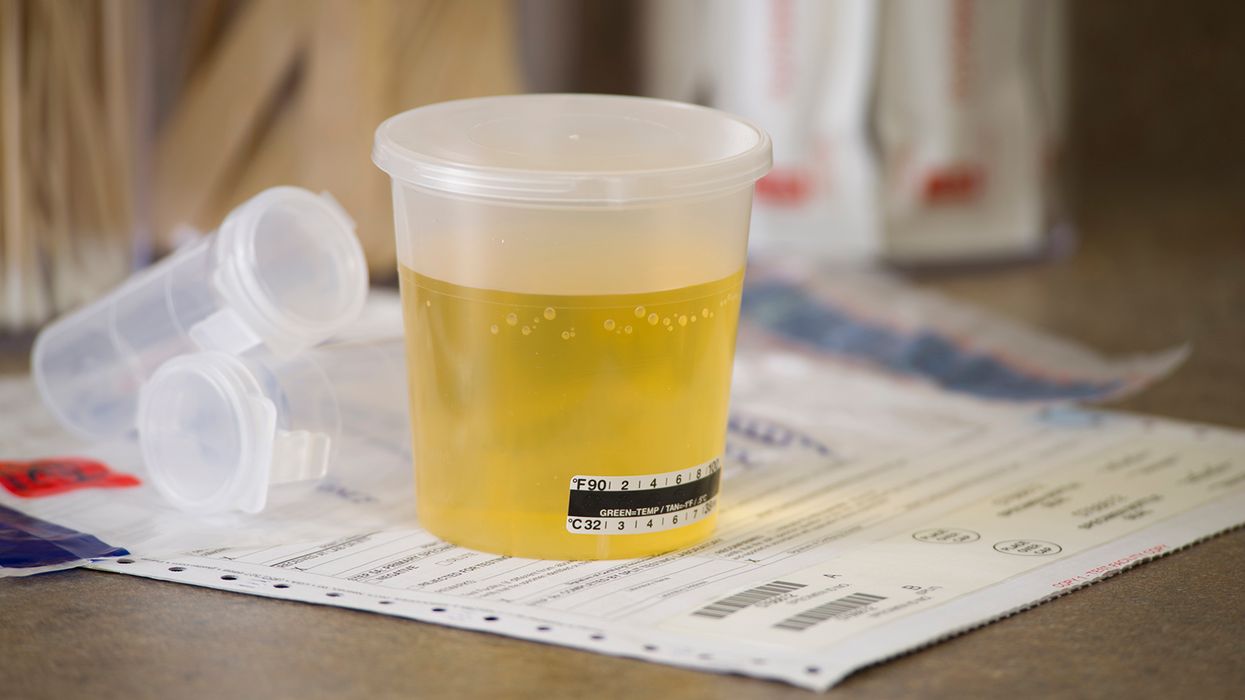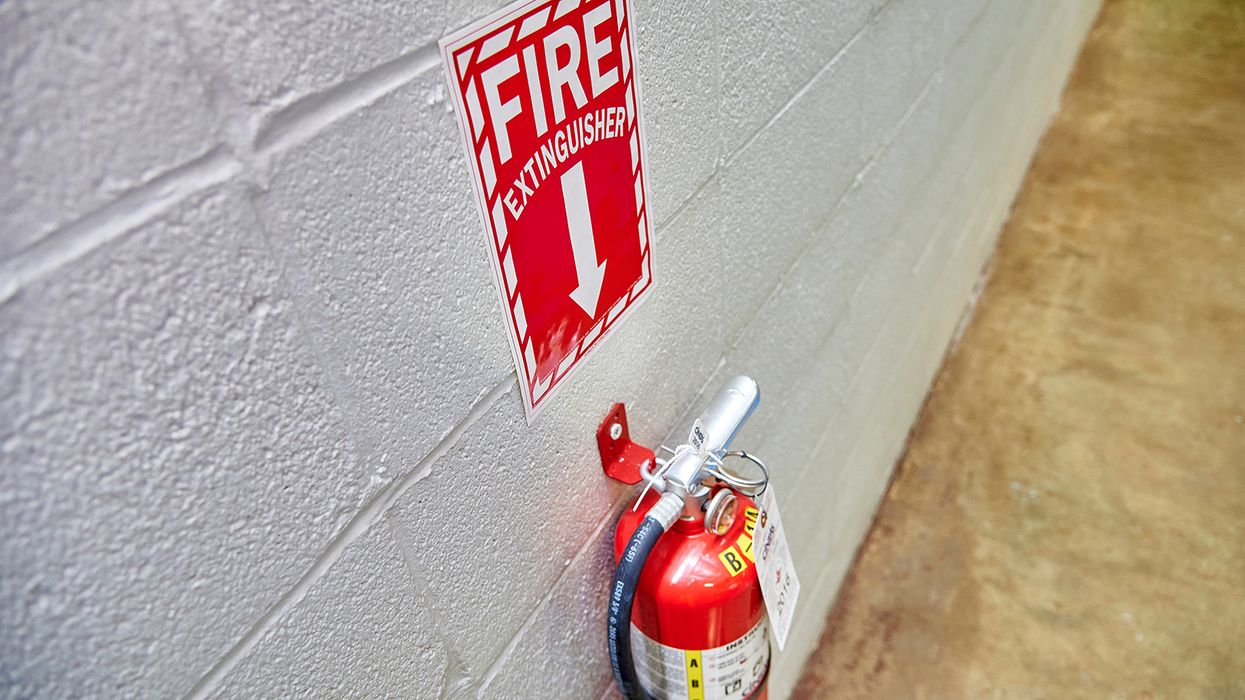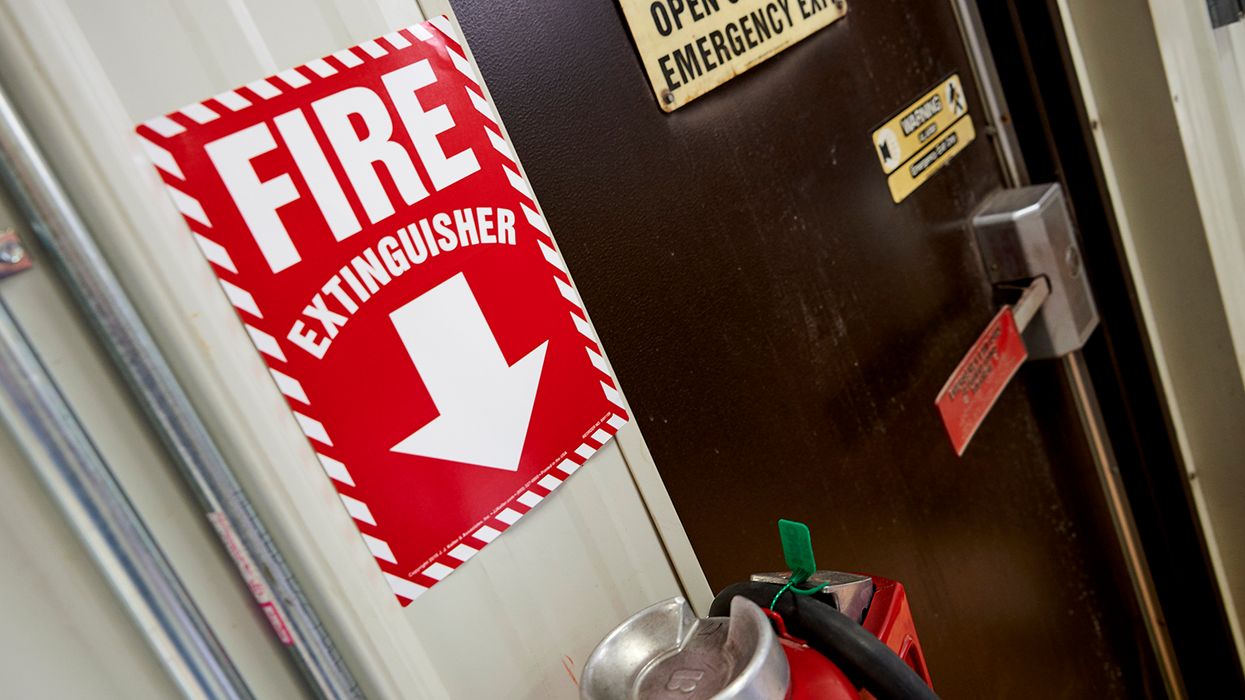Remote verification of I-9 documents ends July 31
As of July 31, employers will no longer have the option of reviewing Form I-9 employment verification documents remotely.
Immigration and Customs Enforcement (ICE) announced on May 5 that the flexibility that had been in place because of the COVID-19 pandemic will end in July.
Since March 20, 2020, that flexibility had given employers an option to review Form I-9 documents via video, fax, or email for employees working remotely.
Physical documents must be reviewed by August 30
Employers who have been reviewing employment eligibility documents remotely have until August 30, 2023, to do an in-person inspection of the physical documents.
If they have not already done so, they should contact employees whose documents were reviewed remotely and make arrangements to have the physical inspection completed.
They also must update the employee’s Form I-9. To do this, they can place a note in the Additional Information area with the date the documents were reviewed and the name of the person who examined the documents.
Documents prove workers can be employed in the U.S.
A Form I-9 is required for all new hires and is completed when an employee begins work.
As part of the Form I-9 process, all new hires must present documents confirming their identity and proof of eligibility to work in the United States.
As of July 31, employers must physically inspect these employee eligibility documents for new hires.
Remote document verification might return
The opportunity to review Form I-9 documents remotely might return. A proposed rule published in August 2022 would give the Department of Homeland Security (DHS) the ability to authorize document examination alternatives.
The DHS says it anticipates publishing a final rule in the Federal Register that will implement the alternative procedures for allowing remote document examination for the Form I-9. The Fall 2022 Unified Agenda of Regulatory and Deregulatory Actions lists May 2023 as the release date, but the final rule had not been published as of May 19.
Key to remember: As of July 31, 2023, employers may no longer review Form I-9 documents remotely. If employers have used remote review, they must do a physical document inspection and update forms by August 30, 2023. The Department of Homeland Security may bring this option back and make it permanent at some point.


















































